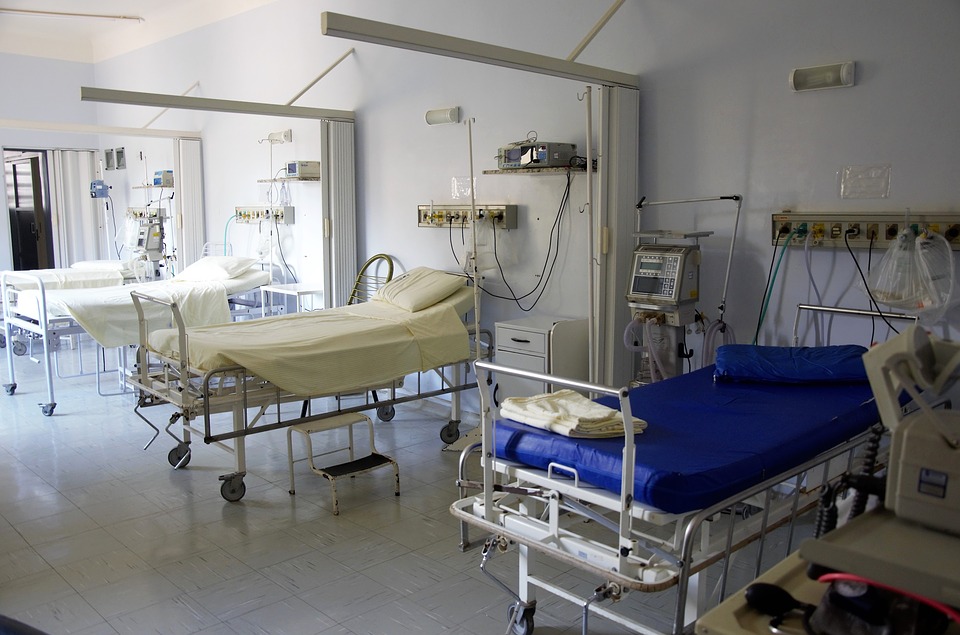How Hospitals Can Enhance Patient Experience
While no one wants to visit the hospital, some patients intentionally avoid seeking medical services due to negative experiences. From long wait times and rude personnel to disconnected doctors and expensive treatments, many people would rather suffer than get help from local healthcare centers. These negative encounters have only increased since the pandemic as hospital staff struggle to deal with overcrowdedness and limited resources.
Although some change with patient experience is expected during these trying times, overlooking the issue could lead to communities riddled with unwell residents. Hospitals must continue to analyze such concerns and take steps towards improvement. Below are some suggestions.
More Efficient Scheduling
From a rise in COVID-19 patients to emergencies, hospitals are working harder than usual to serve their communities. Unfortunately, the influx of patients reduces the availability of doctors, nurses, and medical experts to tend to outpatient, elective, and walk-in requests. Consequently, people end up waiting hours for assistance, despite having an appointment.
You can reduce wait times for hospital patients by implementing a more efficient scheduling process. One suggestion would be to increase the time between appointments. Instead of booking a doctor for an appointment every hour, schedule patients two hours apart. That way, patients aren’t sitting in the waiting room for an extra hour.
Telehealth Services
Every hospital patient doesn’t need to come into the office for a visit. By offering telehealth services, non-emergency patients can receive faster assistance through video conferences. Medical experts can address their concerns, complete an online assessment, schedule outpatient services, and write prescriptions. Patients can schedule convenient appointments and avoid putting their health at risk by coming in for a visit during the pandemic.
Hire More Staff
Hospitals can resolve scheduling conflicts, long wait times, and poor bedside manner by hiring more staff. Right now, hospital personnel is overwhelmed, overworked, and on the brink of burnout. When emotions are running high, it is difficult for staff to provide friendly and efficient services.
Advertise hospital openings online, at local job fairs, college boards, and other locations to attract eligible employees to your establishment.
Offer Multiple Treatment Options
The cost of healthcare is high when most people are unemployed or underpaid. The last thing anyone needs is a bill for thousands of dollars. Although hospitals can do nothing to resolve the underlying causes of high healthcare costs, you can make things easier for your patients by offering multiple treatment options.
For example, a coronary specialist can recommend Sotalol HCL to patients instead of surgery to treat their heart condition. The medication is often more affordable and prevents the patient from choosing between surviving financially and their well-being. Another suggestion might be to provide free samples, recommend free and inexpensive therapies, or advise lifestyle changes to treat the problem without breaking the bank.
Monitoring And Follow-Up
Patient experience doesn’t end the moment they leave the hospital. Some people have conditions that require regular monitoring and follow-up treatment. Unfortunately, many patients have reported feeling cutoff or overlooked after receiving initial treatment. Hospitals can improve their experience by developing efficient practices to both monitor and follow-up with their patients.
Remote patient monitoring devices, for example, are instrumental in personalizing healthcare. Patients wear the devices to keep track of everything from their heart rate and blood pressure to sugar levels and calorie intake. The data is collected and submitted to the hospital, where medical experts can review and act as needed. Some platforms even provide educational materials, alerts, and appointment reminders to help cultivate a stronger doctor-patient relationship.
The hospital isn’t a place anyone should look forward to coming to; however, they should feel comfortable visiting. Unfortunately, that’s not what many patients experience. Although hospitals can’t do much to change the current climate amid a health crisis, they must continue to find ways to provide optimal service to everyone. The above suggestions can help hospitals to bridge the gap and enhance the patient experience for a healthier community.


